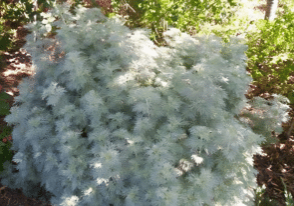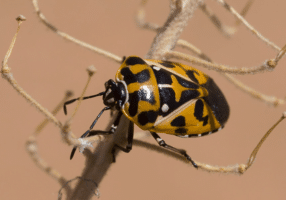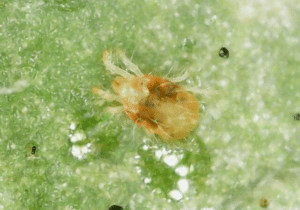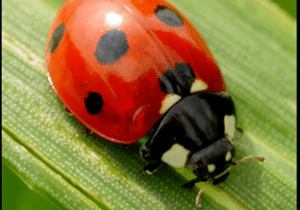By Steve Pulliam
The poinsettia, Euphorbia pulcherrima, can be traced back to its native roots in Mexico. Named after Joel Poinsett, the first American ambassador to Mexico who encountered the plant in the early 19th century, this vibrant species found its way to the United States through his botanical pursuits. Poinsett, a botanist with a keen eye for horticulture, was captivated by the brilliant red bracts that surrounded the inconspicuous flowers. In 1828, he introduced the plant to the United States, and it eventually became widely popular during the holiday season due to its striking red and green color combination.In Mexican folklore, the poinsettia has ties to a traditional Christmas legend. Legend has it that a young girl named Pepita, too poor to afford a gift for the baby Jesus during the Nativity scene, gathered weeds and presented them at the church altar. Miraculously, the weeds transformed into vibrant red blooms, marking the birth of the poinsettia as a symbol of love and generosity.
Over the years, the poinsettia has become an integral part of holiday traditions worldwide. Recognized for its vivid red color, it symbolizes warmth, good cheer, and the spirit of the season. The plant's popularity surged in the 20th century, and December 12th was even designated as National Poinsettia Day in the United States in honor of Joel Poinsett's contributions to bringing this festive bloom to American homes. Today, the poinsettia stands as a cherished emblem of the holiday season, adorning homes, offices, and public spaces with its festive beauty.











